MARVEL SNAP is now out of closed beta, and available on iOS, Android, and PC. If you're new to this universe, you might want to know what you're getting yourself into before downloading the newest card game from Hearthstone veterans that are Ben Brode and his team at Second Dinner. In this guide, we'll be answering some of the main questions players may have about how to play MARVEL SNAP.
Have other questions? Check out these guides:
Table of Contents
Where Can I Play MARVEL SNAP?
MARVEL SNAP is available on Android and iOS devices, as well as PC (on Steam Early Access). For cross-play purposes, the game will ask you to link a Google Account.
The Basics of Playing MARVEL SNAP
MARVEL SNAP is a card game. Each player brings a deck of twelve different cards, with each card representing a character from the Marvel universe.
The game is played out across three Locations. The way to win MARVEL SNAP is by having the most Power at two of the three Locations - which you do by playing cards to those Locations. At the game's beginning, all the Locations are hidden. For the first three turns, one Location will reveal itself. Locations are revealed from left to right, and, since each Location has a unique ability, will change how the game plays out.
The game lasts six turns. Each turn, players will gain an additional Energy to spend (like Hearthstone's Mana system). Players take their turns simultaneously, with their plays hidden until both players lock in their decisions. Then, cards are revealed in the order in which they were played, with the player who is currently leading revealing first. At the end, the player who held Power advantage in two Locations wins the game.
These are the basics. Now, let's get a little more into the nitty-gritty.
Deckbuilding
MARVEL SNAP may be a card game, but its deckbuilding restrictions are slightly different from games like Hearthstone and Magic: the Gathering. Decks consist of twelve cards, total, and each deck is limited to one copy of a card - even if you own a card's distinct Variant, it is effectively the same card as the base version (think of it like an alternate art version of the card).



The deckbuilding screen
Once you've completed the tutorial, you should have a deck that looks like this:
This is a perfectly legal deck that you can take to the ladder (and nowhere else, currently) and test your mettle. But wait! Before you do that, we need to know: What do these cards actually do?
The Anatomy of a MARVEL SNAP Card
Cards in MARVEL SNAP have two numbers: Cost (upper left) and Power (upper right). A card's Cost tells you how much Energy you need to spend to play it, while its Power tells you how much Power this card will grant to the Location it is played at. Since having a lot of Power at a Location helps you win, it behooves you to play cards that give you the most Power for their Cost.
However, that base Power isn't the only thing that matters. Most MARVEL SNAP cards also have text effects that will impact the game. They can range from boosts in Power, to messing with your opponent, to synergies with other card effects. There are a number of keywords to familiarize yourself with if you want to win games:


On Reveal - On Reveal means that the card does something when it is revealed. For Example: Rocket Raccoon has On Reveal: If your opponent played a card here this turn, +2 Power. Thus, when Rocket is flipped, if he notices your opponent played a card to the same Location, he boosts his total Power to 4.
Ongoing - An Ongoing effect is one that persists as long as that card is in play. Iron Man's Ongoing effect doubles your total Power at his Location, so as long as Iron Man stays in play that effect will persist. (N.B. - There are some cards that can remove Ongoing effects, like Enchantress and Rogue).
Move - A card that can Move can change Locations, after the turn it is played. This does not trigger any Play or On Reveal effect the cards (or Locations) may have. Nightcrawler can Move once per game. This means that, any turn after you play him, you can grab him and move his 2 Power to another Location. Cards that cause other cards to move, like Heimdall, will only affect cards that have already been revealed.
Destroy - Destroying cards removes them from play. Killmonger destroys all 1-Cost cards - he makes them extinct, no-more: they have shuffled off this mortal coil, run down the curtain and joined the choir invisible. Destroy effects will only hit cards that have already been revealed.
Discard - Discard randomly removes a card from your hand. Discarding effects are completely random unless they're targeted to certain traits. Colleen Wing, for example, discards the lowest Cost card in your hand. If two cards are both the lowest Cost, the target is, once again, chosen randomly.
Now that we know what cards can do, let's talk about what happens in a game of MARVEL SNAP.
How To Play MARVEL SNAP
Once you've got your deck loaded up, you can hit the play button and you'll queue into a game with another player (or a bot). The current matchmaking system matches players based on rank and collection. Currently, the only option is to play in Ranked Mode, but other modes (like UNranked Mode) will be coming sometime in the future.



Before Turn 1, three cards from your deck are put into your hand. There is no mulligan system, so you get what you get. At the beginning of each turn (including Turn 1), you will draw one card from your deck. Keep in mind that the maximum hand size in MARVEL SNAP is seven. If you have seven cards in hand, you won't burn a card like in Hearthstone - you just won't draw until your hand has space again.
At the start of a match, the left-most Location will reveal its identity, you'll draw a card from your deck, and the gameplay will commence. Each player makes their decisions at the same time, which are revealed after both players end their turn. The player who is currently in the lead will reveal first - if you're not sure who that is, they will have a glowing aura surrounding their name, like Flux has in the pictures below. Also, you can tap on your opponent's Avatar to see how many cards are in their hand/deck; this is currently the only way you can view this information.


Each turn, you get one more Energy to spend (Turn 2 you have 2 Energy, 3 on Turn 3, etc.). Energy does not roll-over to the following turn. On Turn 2, the middle Location will reveal, then the right-most Location reveals on Turn 3. At any point in the game, you can SNAP (by tapping the cube in the top-center of the screen) and double the amount of cubes at stake:

Your objective is to have more Power than your opponent at two Locations. If you do that, you win. In the case of a tie where neither player outright wins two Locations, the winner is the player who has the biggest lead at their winning Location. If there's still a tie, the game is a draw and nobody loses (or gains) any cubes.
The current number of cubes at stake can be seen inside the top center blue cube icon. Because the stakes automatically double when the game ends (usually after turn 6), the cube also shows the "Final" number of cubes that will be at stake, if both players stick around to the end.
Like in other CCGs, you have the option to Retreat from the game if you don't think you'll win; this is a lot more impactful in MARVEL SNAP because you can get out of the game before the stakes get too high. You can choose to Retreat immediately, or "Later," which means the game will wait to see if your opponent also Retreats before the turn ends. If both players choose to Retreat, the game is a draw.
If your opponent Retreats while you stay in, then you win the amount of cubes that were at stake when they Retreated.



Congratulations, now you are ready to start your (Marvel) universe domination! Don't forget to look up our other guides for added in-depth information and advice.

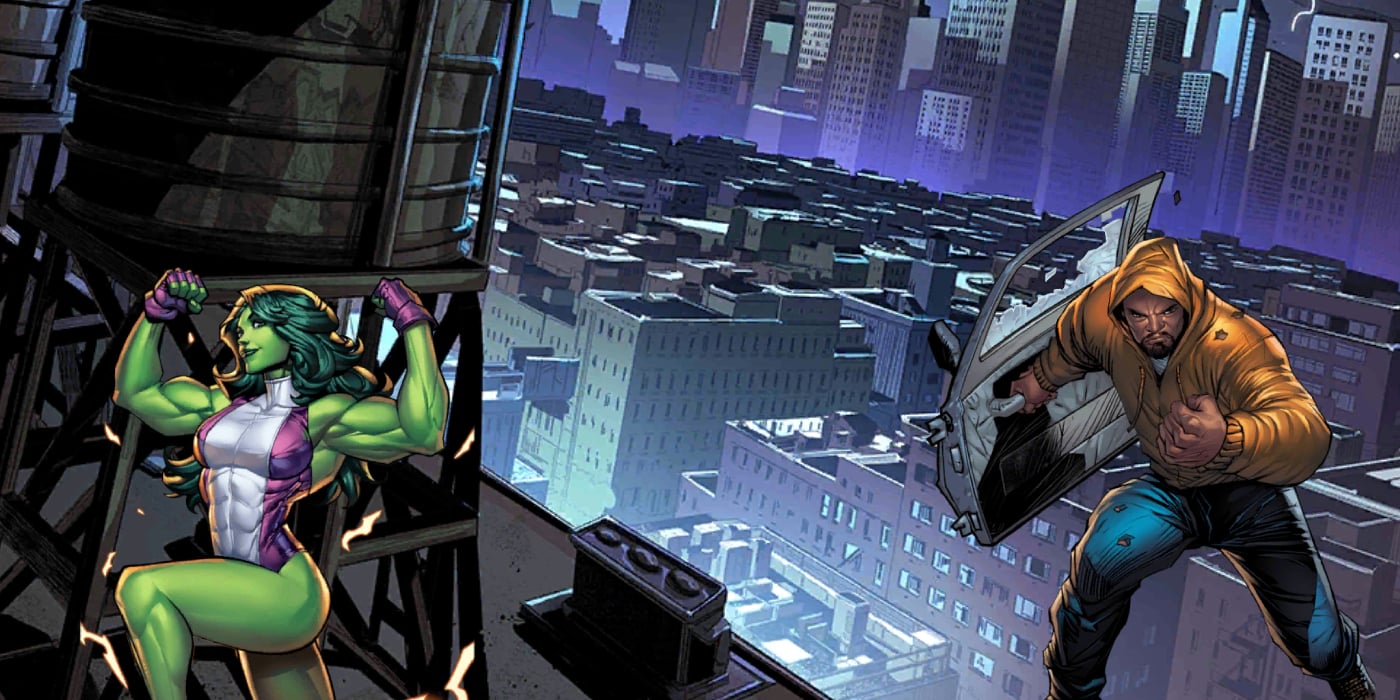
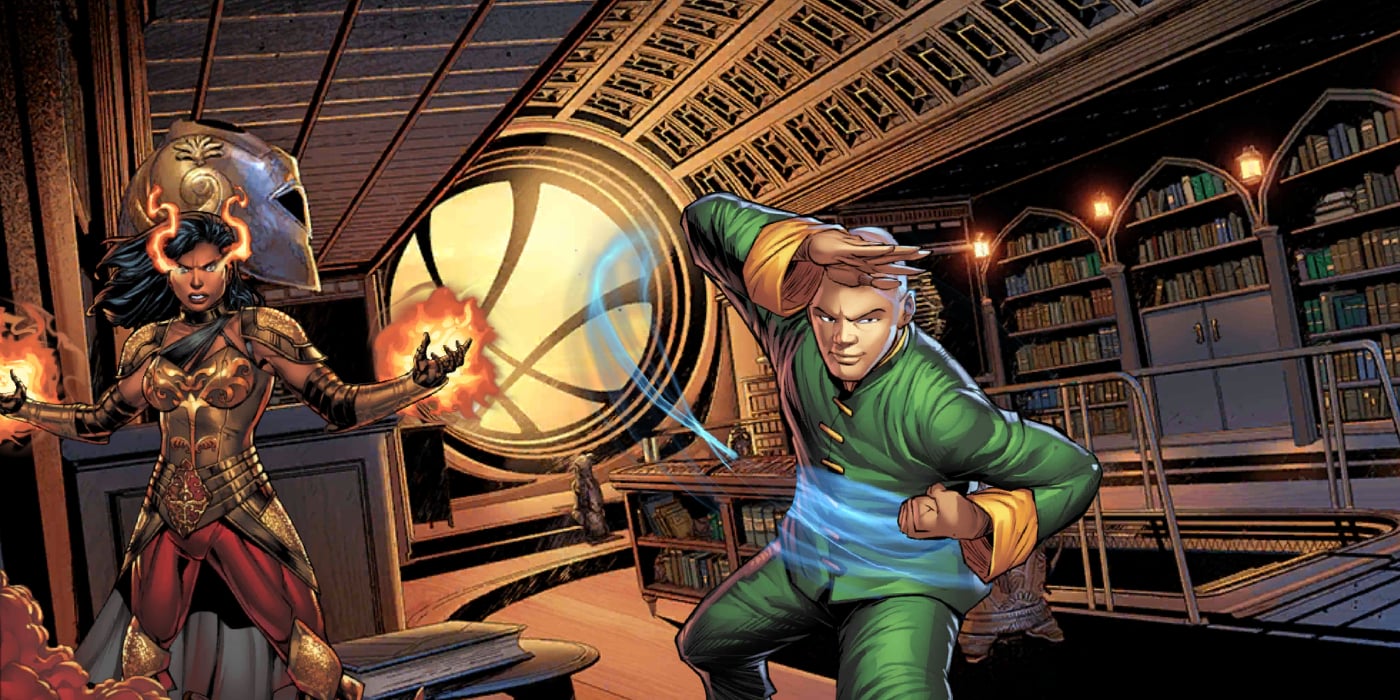
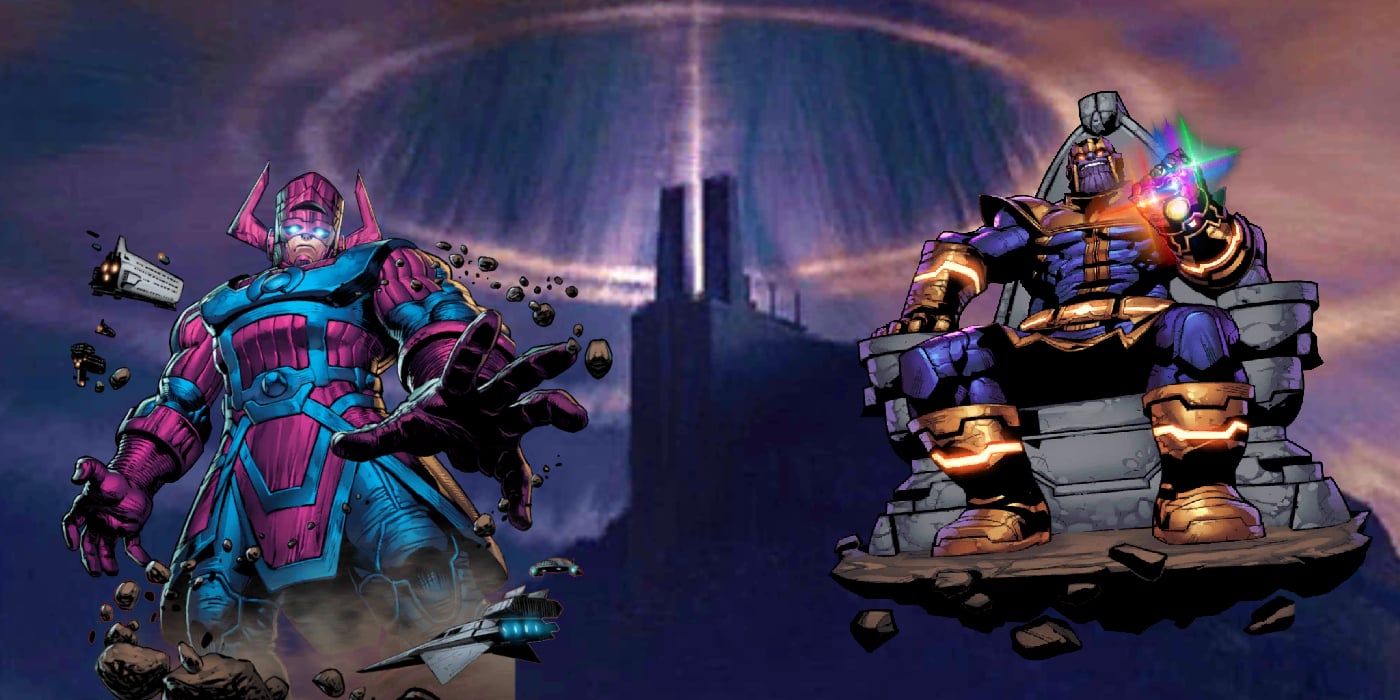
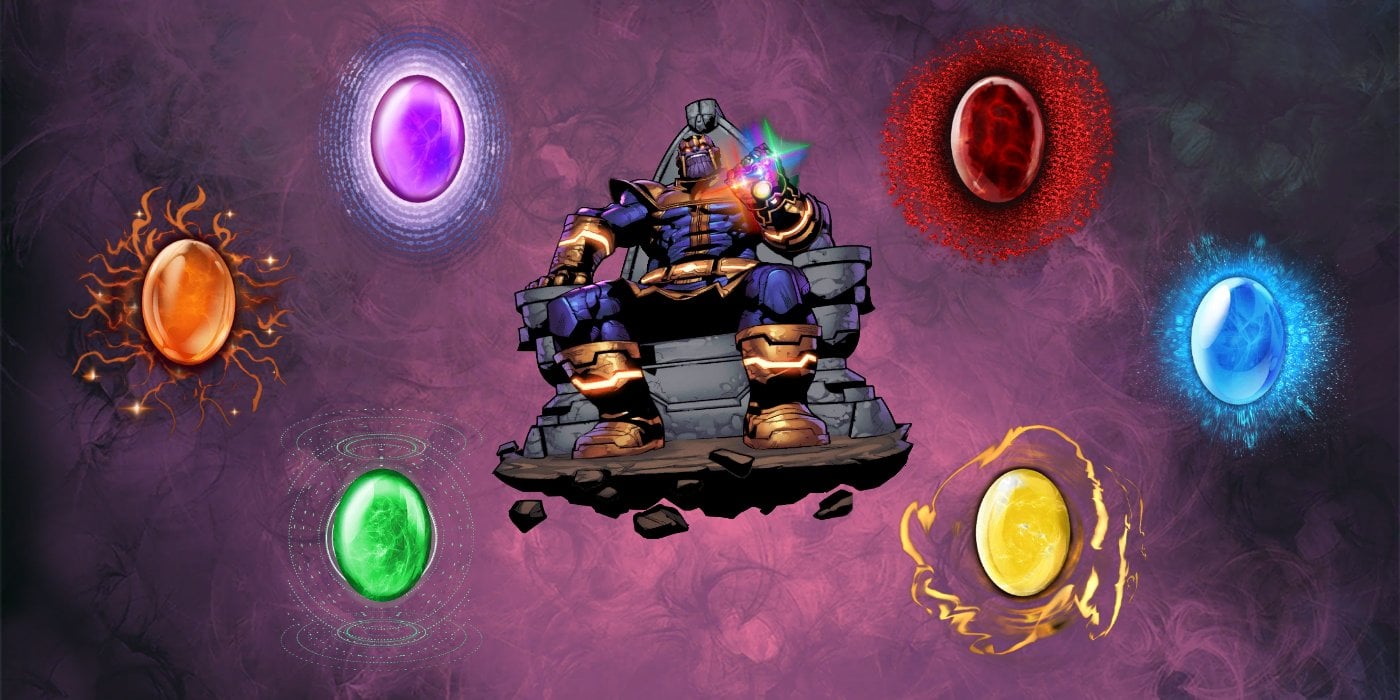
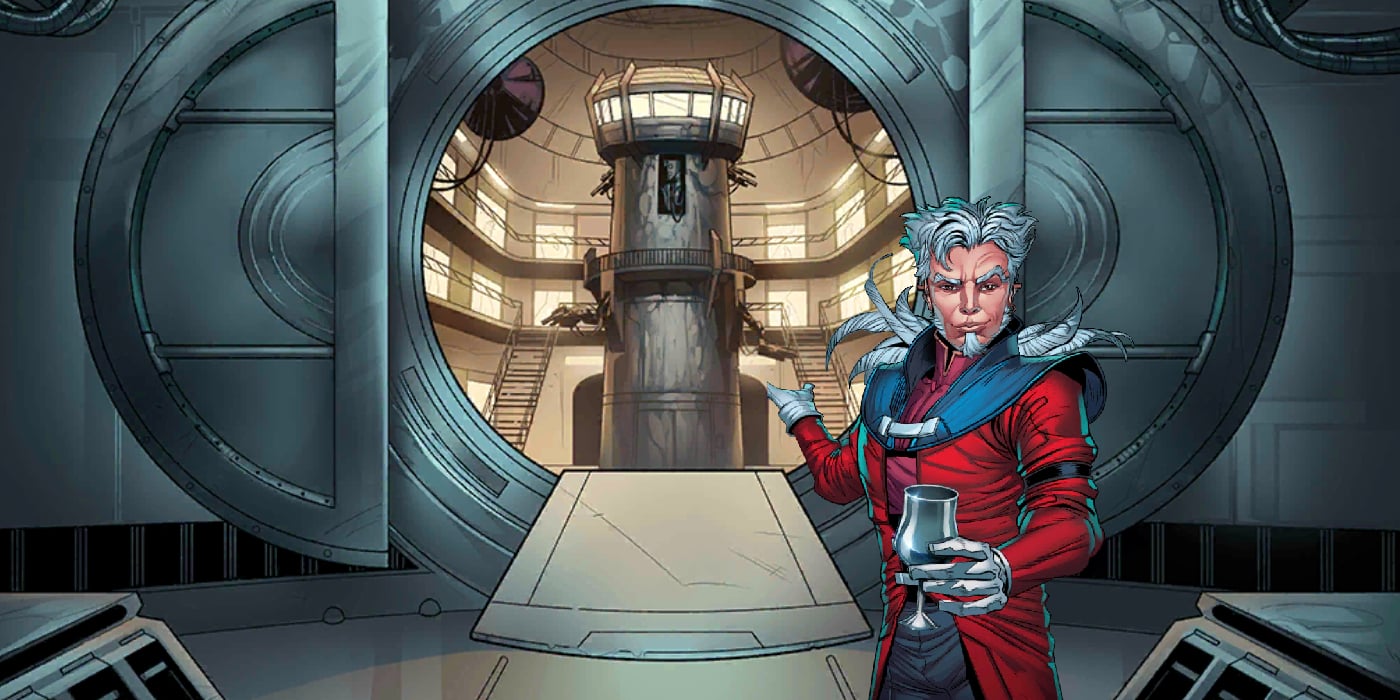
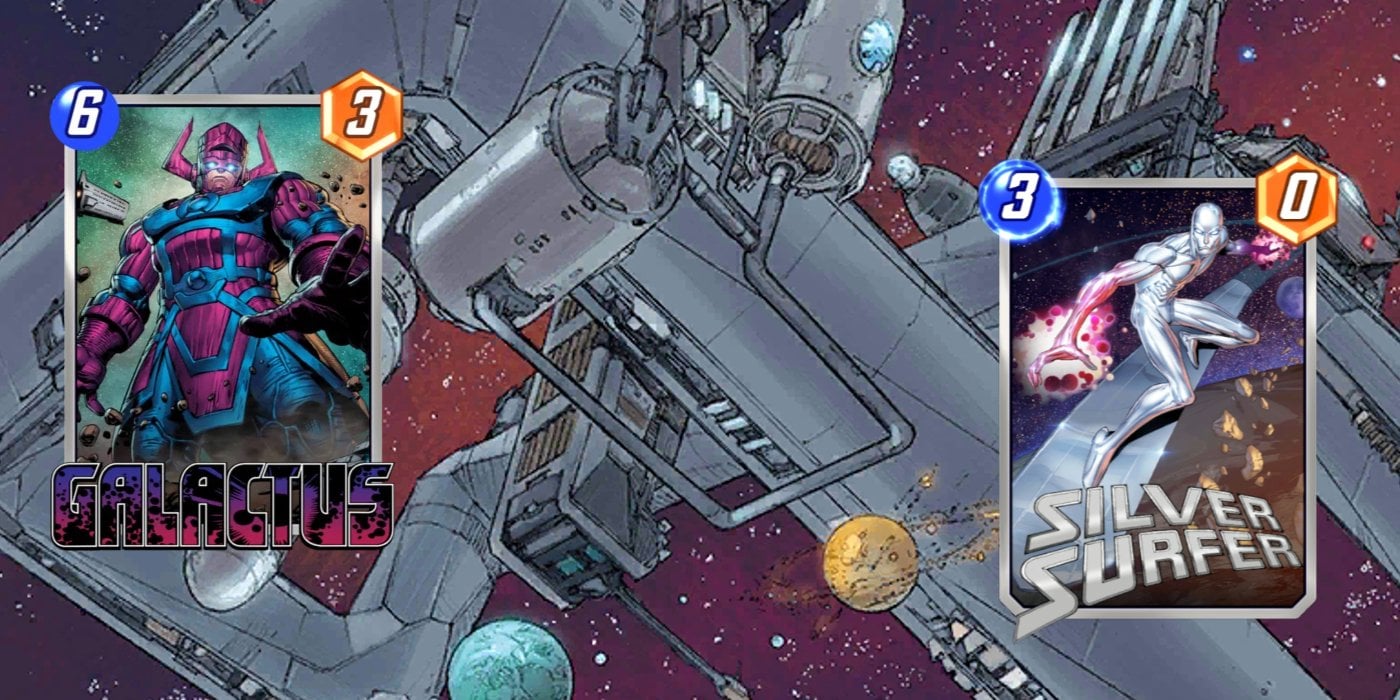
Comments
No Comments Yet. Be the first to create one down below!